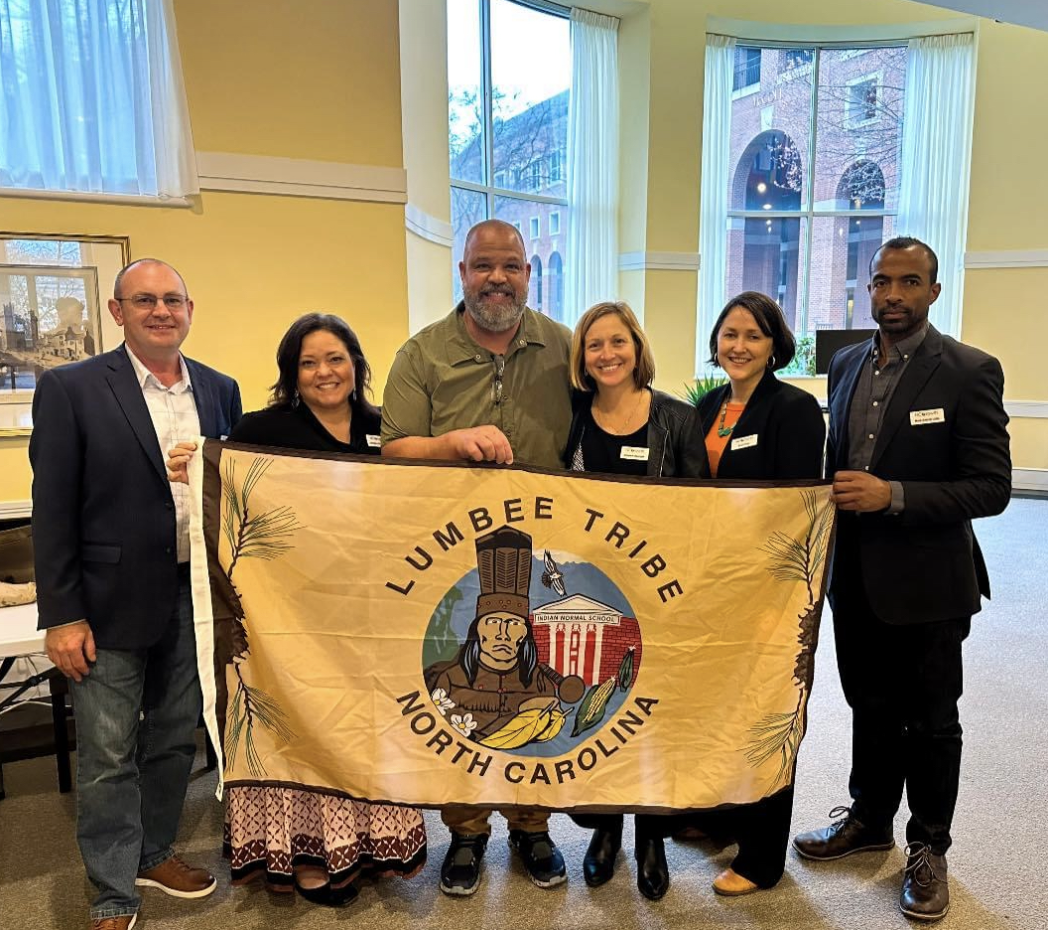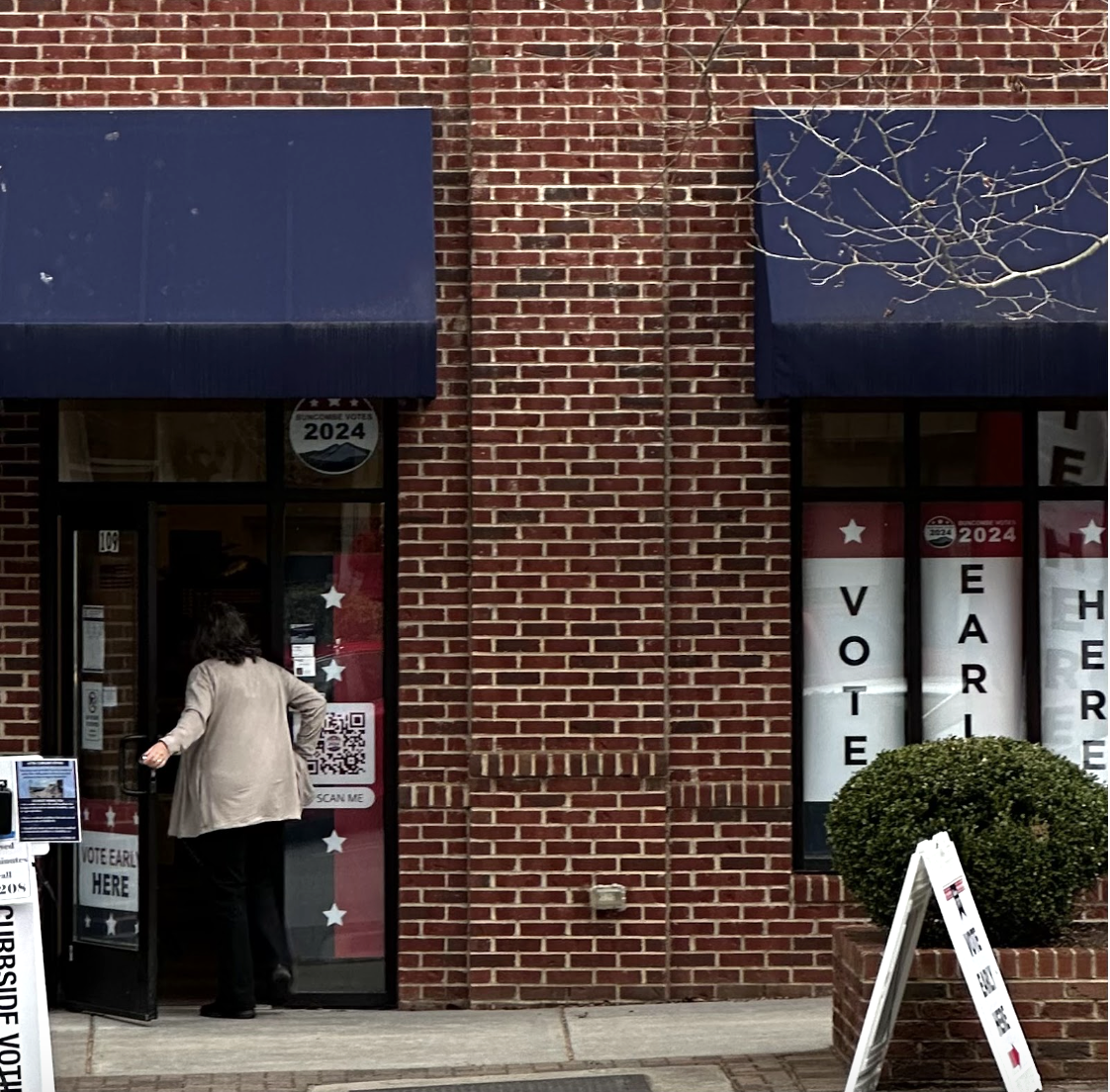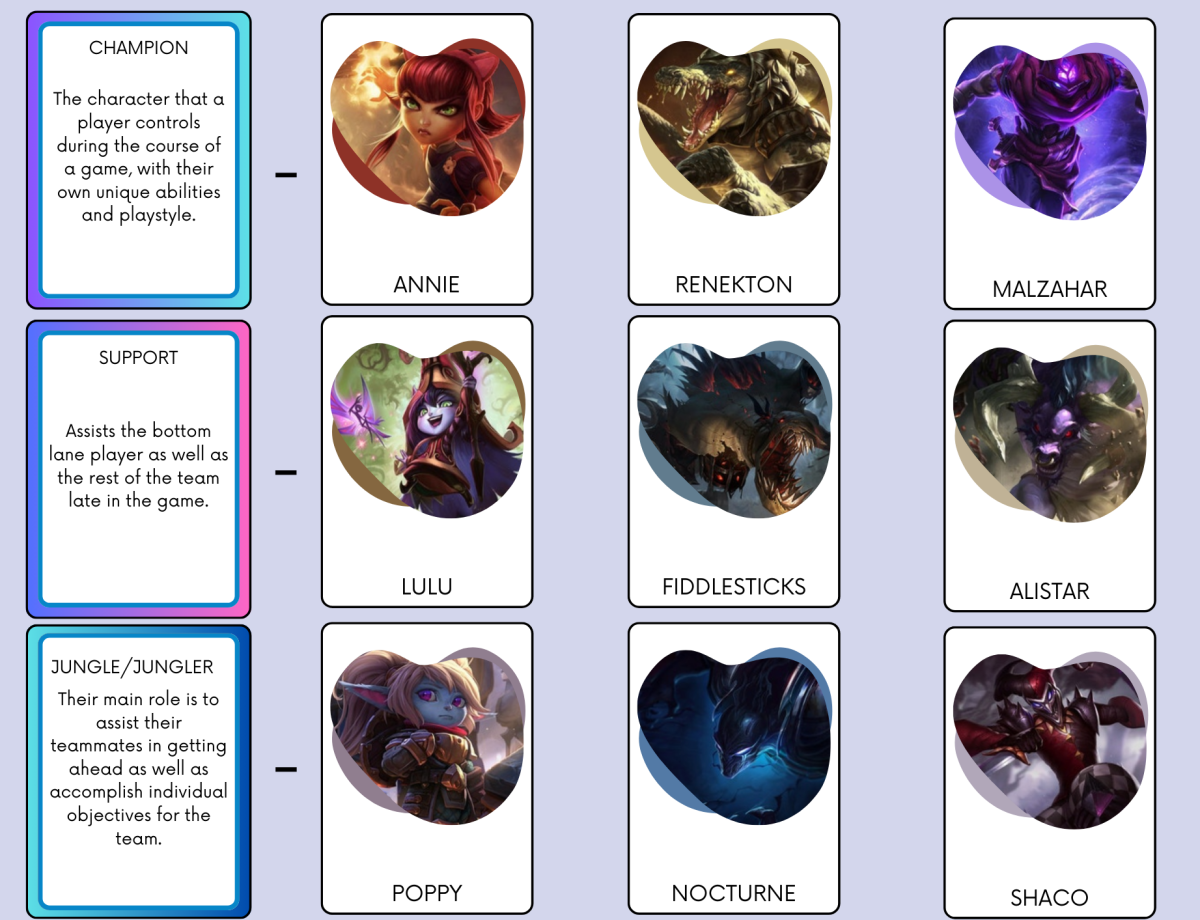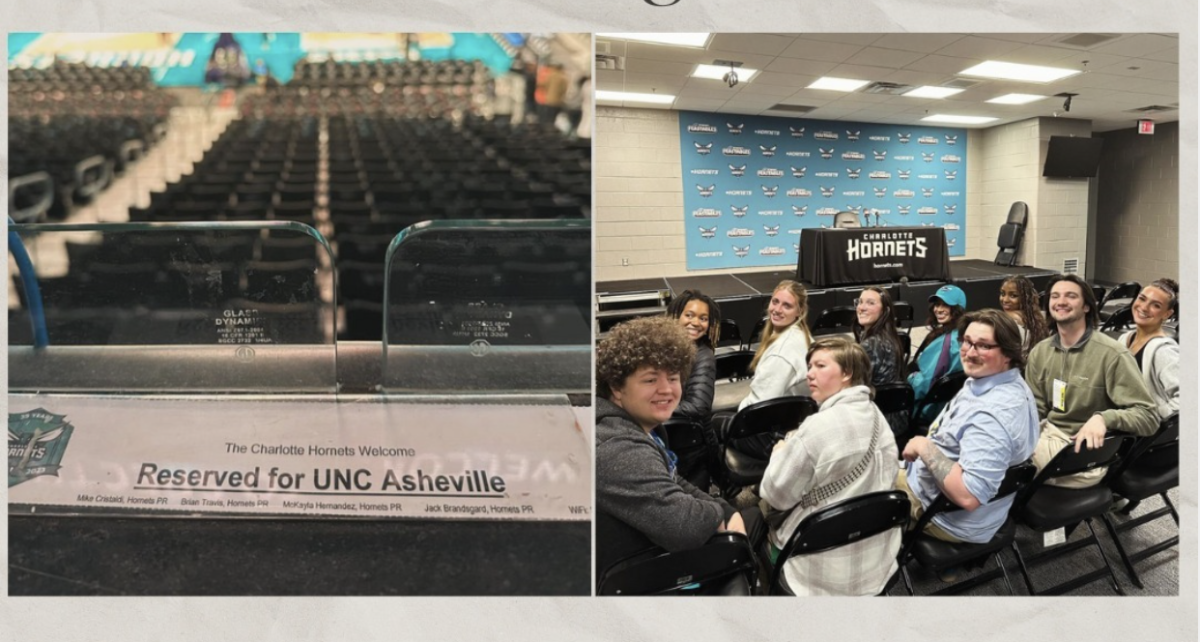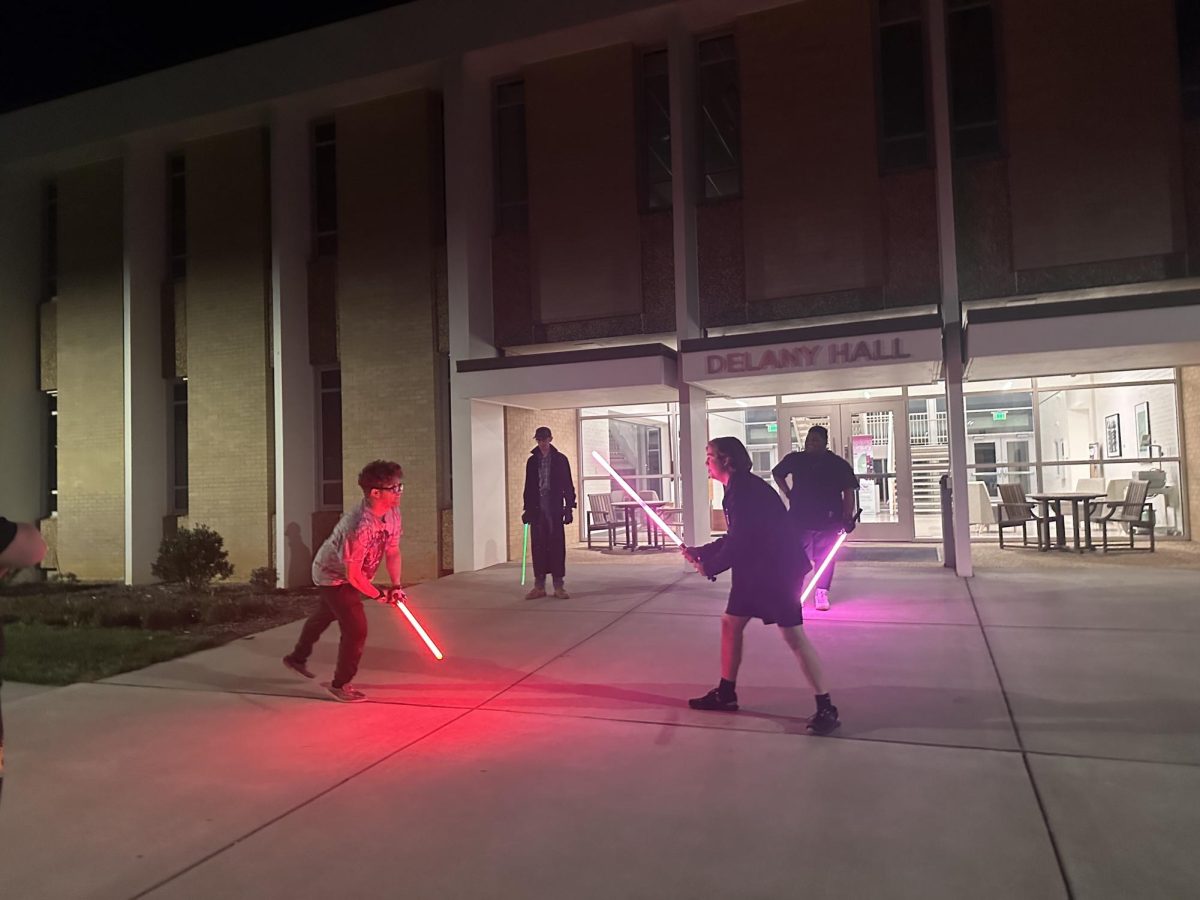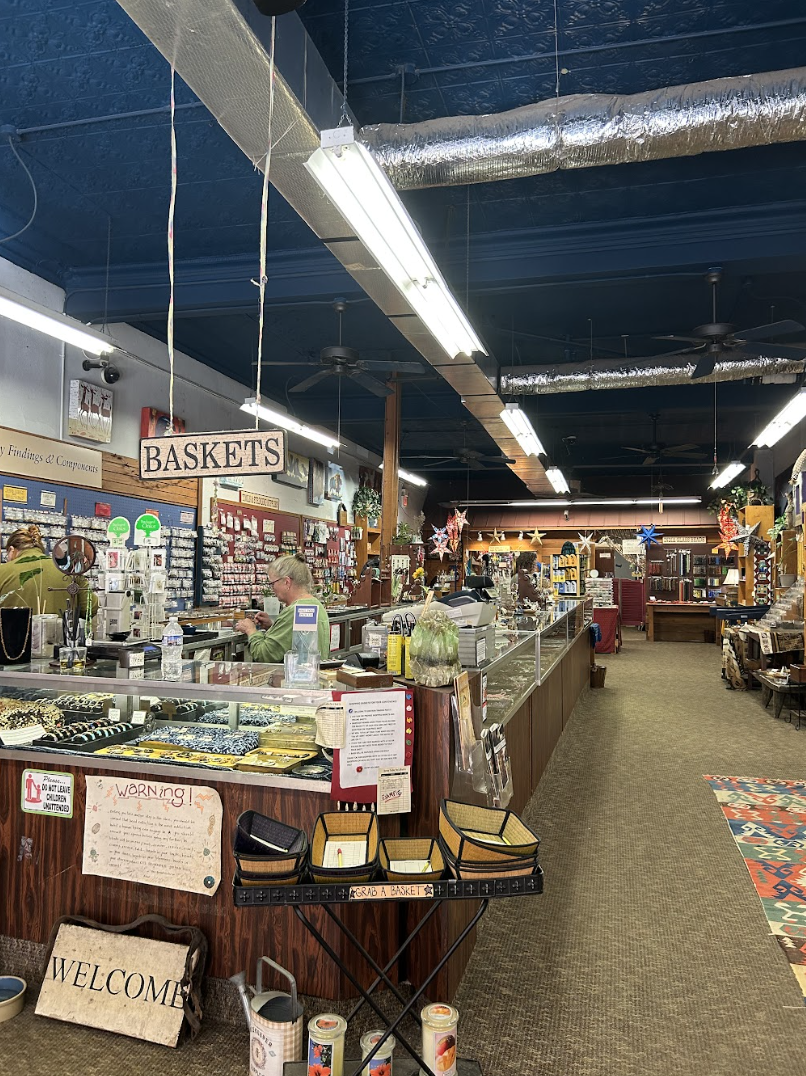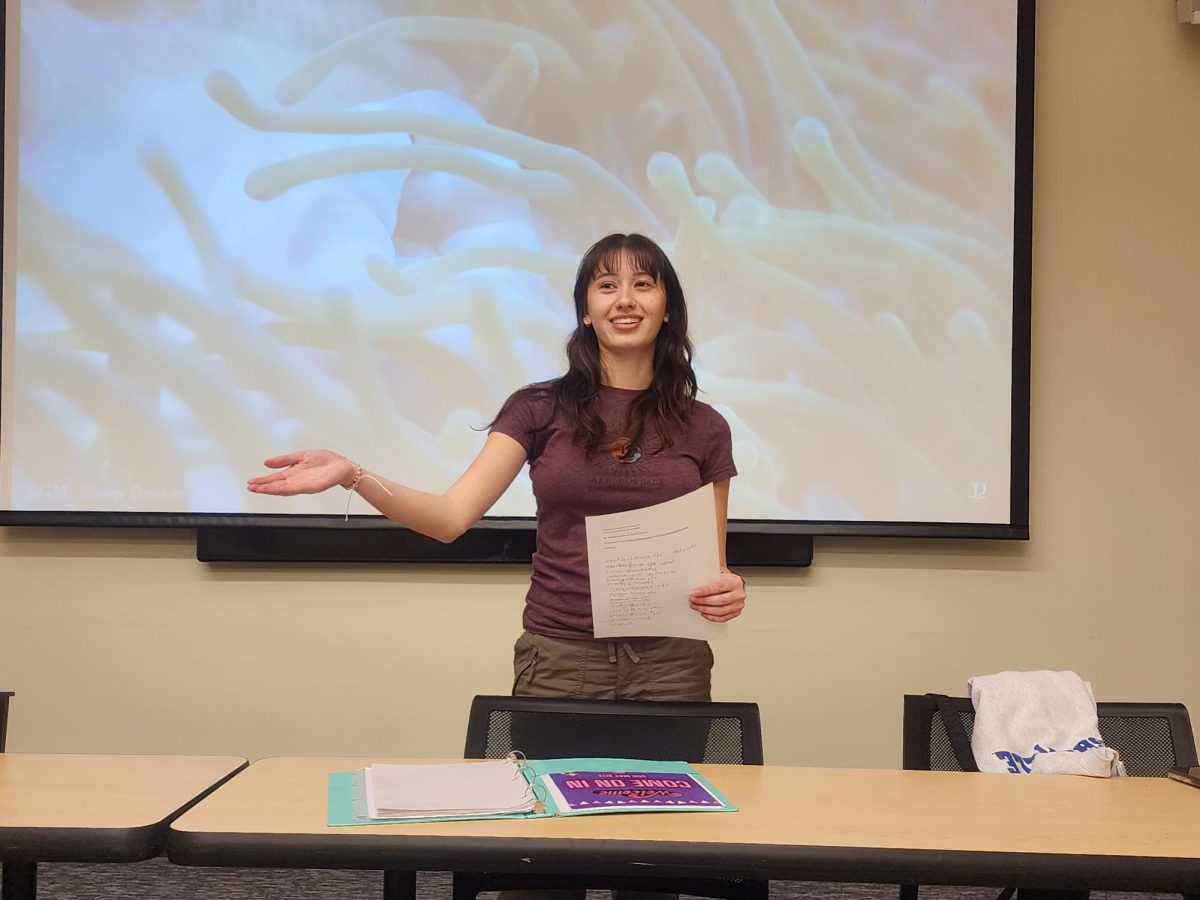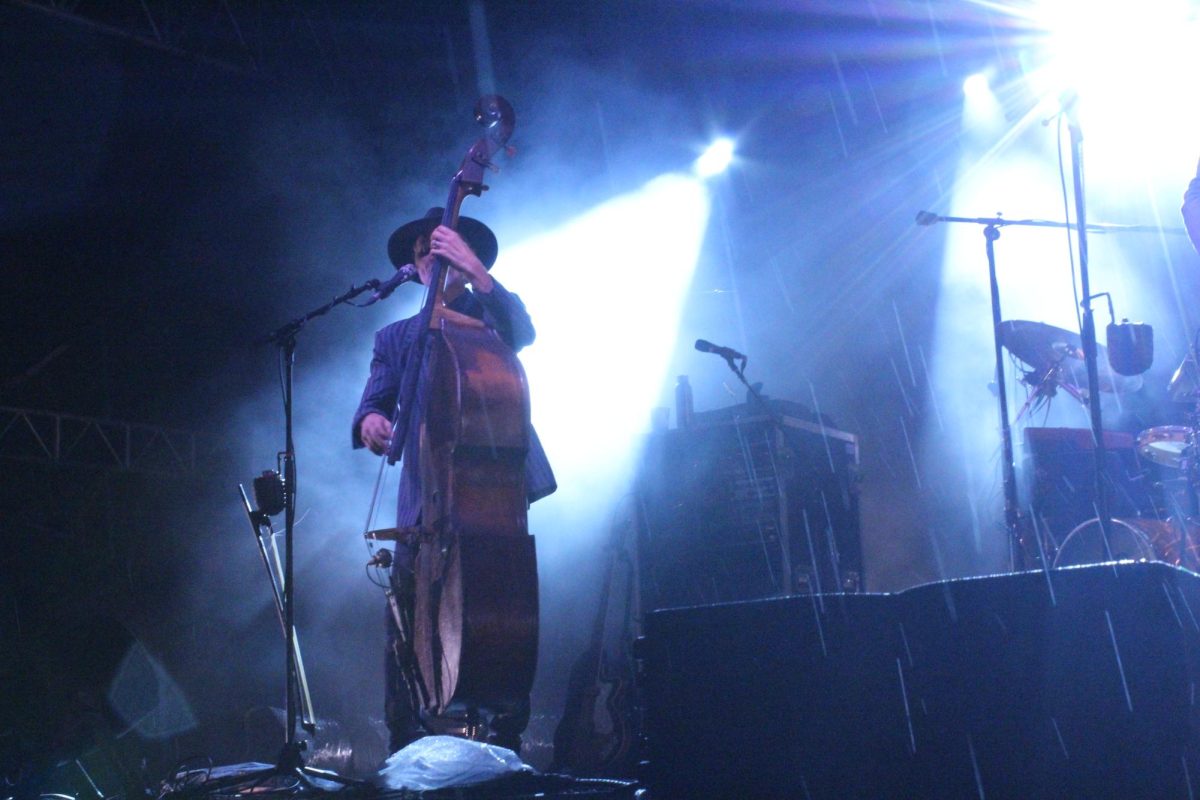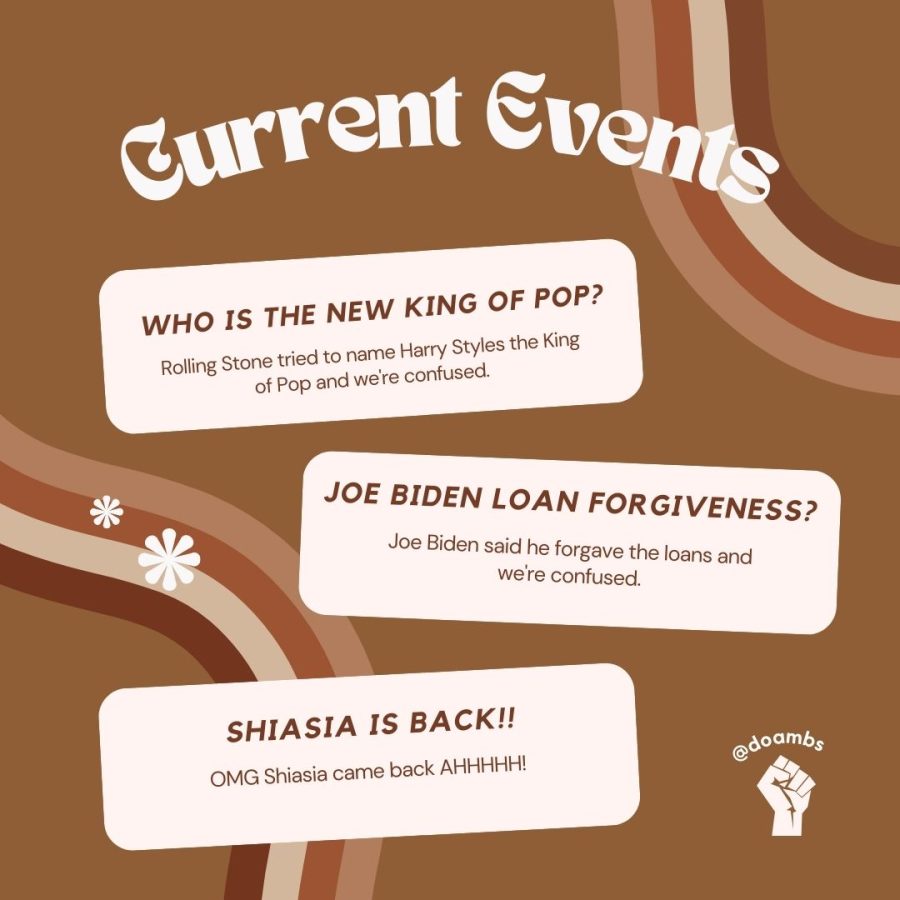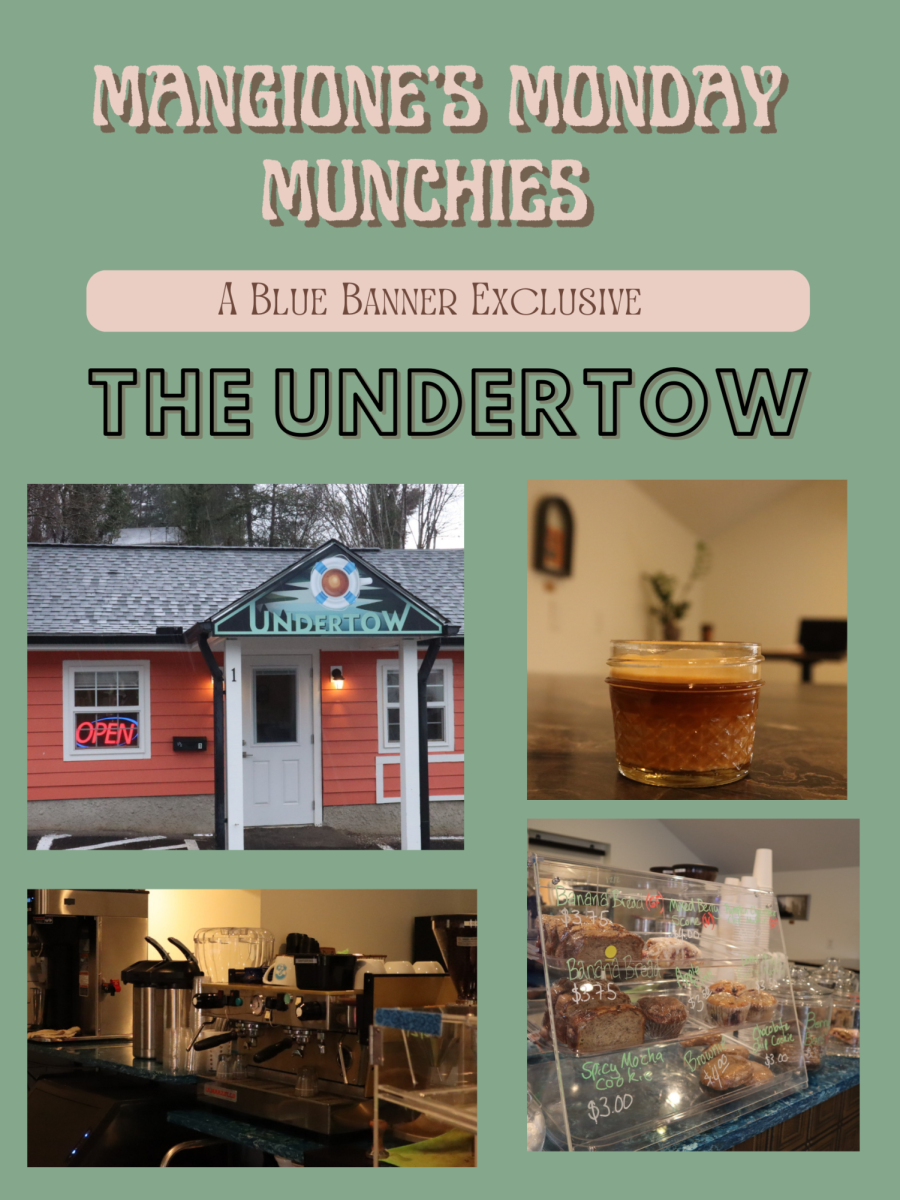By Matt McGregor, Arts and Features Asst. Editor
[email protected]
8/26/2015
Artificial Intelligence and liberal arts combine to form the mechatronics department at UNCA.
Rebecca Bruce, professor in the mechatronics and computer science departments at UNC Asheville, says technologists are getting closer to developing artificial intelligence.
“I really believe that as we get closer to mapping the brain with our huge processing capabilities and our huge memory, we will be able to imitate human behavior,” Bruce says.
Bruce describes the Turing Test, based on the work of Alan Turing, developer of the Turing Machine, a quintessential model of the computer, and father of artificial intelligence.
“Turing proposed a test for A.I. which involved having people on one side of a curtain and potentially people or a machine on the other side. They would speak by way of keyboard and if the person could not tell whether or not he or she were speaking with a machine or a person, then A.I. passed the Turing Test,” Bruce says. “Since then, many programs have passed the test.”
She says there have been endless philosophical arguments on whether or not a machine can think, such as the Chinese Room argument, a thought experiment created by philosopher John Searle.
“If you are in a room and you have a written set of instructions in English on how to respond to questions in Chinese,” Bruce says, “though you yourself do not know Chinese, and you take the Chinese written input and pass back as output, following the assigned rules in English, without independent thought, did that room think? Is that room a thinking thing?”
* * *
Fiona Popp, a student majoring in mechatronics, plans to graduate in May 2018. She says her fascination with how electrical impulses interact with the human mind steered toward her interest in robotic prosthetics.
“I love the idea that robots can help people do things that we never imagined they could do,” Popp says. “I want to be able to improve the lives of others.”
Freshmen in the mechatronics program learn how to design and build robots that play games and Sumo wrestle, Popp says.
“The first project must direct billiard balls into certain buckets and lift a ping pong ball into a hoop. This robot is controlled with a remote. The other project is a Sumo Bot where the robots are autonomous and try to survive in a ring against another robot,” Popp says.
* * *
Donald Diefenbach, chair of the mass communication department and science fiction theorist, describes the possibility of intelligence created artificially.
“All we are as humans are a collection of chemicals put together in a certain way that utilizes electricity to make it all work,” Diefenbach says.
Diefenbach says science fiction often accurately predicts certain aspects of the future, such as Georges Melies’ 1902 film Voyage to the Moon, which reveals a rocket and launching method similar to the one used by NASA 59 years later. Diefenbach also references Blade Runner and 2001: A Space Odyssey.
“Kubrick shows us this computer intelligence, Hal, and how it evolves, becoming truly intelligent and more emotional than humans,” Diefenbach says. “Hal has an eye and a voice, and he can control things that are electronically hooked up to him, but he doesn’t have the human range of movement, whereas in Blade Runner there are the replicants who are created in labs and are virtually indistinguishable from other people. In fact they are biological, not mechanical.”
Diefenbach postulates on the possibility of these cinematic concepts occurring, saying it would be difficult, but not impossible.
“Theoretically, if someone, as in the case with the replicants in Blade Runner, could assemble those elements in just the right way, there is no reason intelligence could not be created artificially,” Diefenbach says. “The evolutionary biological model suggests we are intelligence created accidentally.”
Keya Maitra, chair and associate professor of the philosophy department, says some philosophical-based religions imply a collective intelligence already in existence.
“My hunch is that consciousness is shared. It’s not just a human phenomenon,” Maitra says. “The religious view of Jainism is that everything already has sentience.”
Maitra also discussed a view proposed by some philosophers called panpsychism. Unlike Dualism, the western philosophy proposing body and consciousness are two different things. Maitra says panpsychism proposes everything is made out of consciousness.
“So instead of saying everything is made out of matter, why couldn’t one say everything is made out of consciousness,” Maitra asks. “There are lots of different theories about consciousness. The one most defendable to me is that consciousness is an ability to represent the world.”
Bruce says she cannot reject Ray Kurzweil’s Singularity Theory, which postulates a future in which technological intelligence surpasses human intelligence, drawing the line between Maitra’s theory of representation and actual consciousness.
“All bets are off when technology advances to the point in which machines can learn and think independently,” Bruce says. “That’s the singularity. What happens then? What about a robot that makes the appropriate facial responses, acting sad and happy in a way that you can’t tell the difference? When does the imitation become so good that you can’t tell?”
* * *
The mechatronics major increased by .25 percent since 2009. While mass communication decreased in majors by 15.6 percent and literature remained the same in the recent six years, mechatronics’ 300 percent increase in majors suggests a growing trend of interest in a field that could be the major of the future.
“It’s engineering education geared toward helping students understand computer control of electromechanical systems. We are a combination if electrical, mechanical and computer engineering,” says Dave Erb, instructor in the mechatronics department. “The easiest way to think of this is with robots. A robot is an electromechanical system you can control with a computer. Everything is built with a robot these days. Even civil engineers use robotics, sensor and active control systems that can apply a vibration in just the right way that can counter the effect of an earthquake on bridges.”
Rose Anderson came from Durham School of the Arts where she studied sculpture. From sculpture to mechatronics, Anderson says the creativity of design still applies.
“There is a freedom to get as creative as you want,” Anderson says. “When I graduate I hope to work in design or manufacturing. I would be interested in working at a car company designing cars that drive themselves, or break on their own when an object obstructs its path.”
Erb says the creative aspect of the mechatronics department exemplifies in their work with the art department on a fountain controlled by motion sensors responding to hand motion.
“You could control the fountain by waving your hands like a conductor, and the fountain would respond to the motion of your hands with sensors and would squirt water where you wave your hands,” Erb says. “It was built from the sensor platform of an Xbox Kinect.”
Erb says the department formed in response to the growing demand from local industries such as Thermo Fisher, GE Aviation and Meritor, who needed local engineering graduates in Western North Carolina.
“People in this major have a 100 percent chance of getting a job,” Erb says.
Casey Chesson, a sophomore in the program, says the combination of liberal arts and engineering works well together.
“It can be difficult because the engineering curriculum is rigorous, so it can be hard to dedicate enough time to the liberal arts classes, but I enjoy having engineering classes broken up with humanities classes, which takes me from engineering to the human side of things,” Chesson says. “We have to fulfill all the N.C. State engineering requirements, which is a vast majority of the degree. Being also UNCA students, we have to fulfill the UNCA liberal arts requirements, being four humanities classes, a foreign language, diversity intensive, and art intensive.”
Chesson says he gravitates more to the electrical aspects of the program.
“I’m interested in the design of consumer goods, such as appliances,” Chesson says.
However, Chesson refrains from limiting himself. With two years left in the program, he says more fields of interests have yet to be discovered.
“There is a broad spectrum of engineering topics in this program,” Chesson says. “There are just so many possibilities.”
Latest Stories
- Southside Community Farm seeking voters for safety
- Students wonder if campus dining is actually adequate
- Tribal political activities surge due to Lumbee tribes request for federal recognition
- Learn a Language!
- Questions On the Quad Episode 11
- What Do Blue Banner Staff Listen To?
- Asheville residents at odds over U.S. financial assistance to Ukraine
- The UNC Asheville Saber Club’s duels remain, moved to AC Reynolds Green
- UNCA League of Legends takes first in stunning finals match against HPU
- From passion to professional play: How a UNCA League of Legends MVP hit their stride

